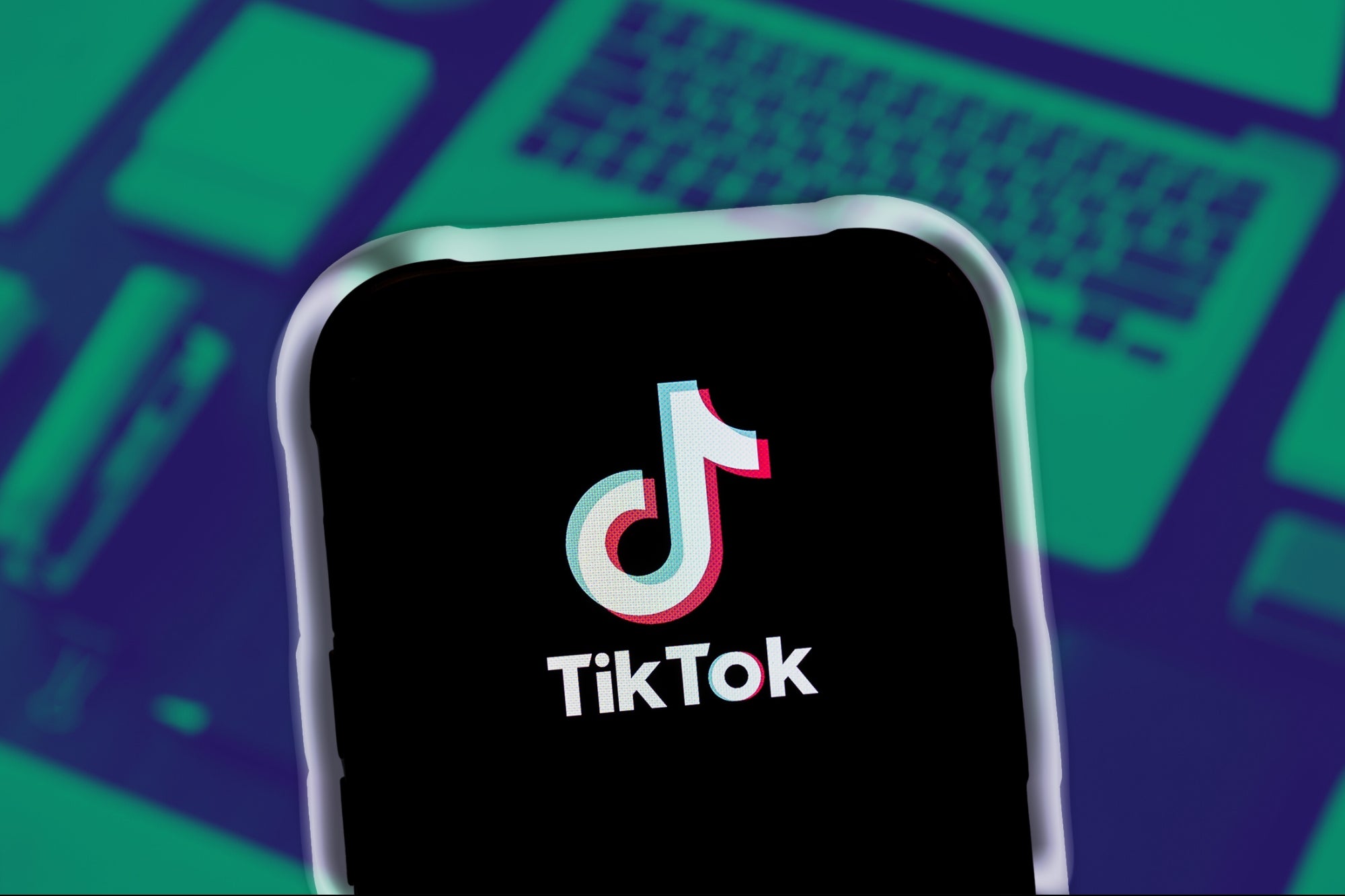4 Things to Discuss in Your Next Employee One-on-One Helpful reminders for encouraging successful employee meetings that can help you enhance the culture of your workspace.
Opinions expressed by Entrepreneur contributors are their own.
You're reading Entrepreneur Europe, an international franchise of Entrepreneur Media.

While it's wise to have one-on-one meetings with employees – or at least direct reports – on a regular and frequent basis, it can be difficult to know precisely what to discuss. A meeting without a purpose and a plan can be be worse than unproductive ... it can be a massive waste of time.
So, for small businesses here in Europe and elsewhere around the world, here are the key topics to hit the next time you chat with an employee.
1. Job duties.
A one-on-one meeting can be a great opportunity to review an employee's job duties with them, especially if there has been a staff resizing of any kind. To avoid miscommunication between staffers about who is responsible for what, a clear understanding of the duties of each is essential. Start of a meeting with a quick review of the listed responsibilities, then use that to continue the conversation and discuss job performance.
2. Job performance.
Using the job duties as a guide, share your perspective on the employee's job performance since your last meeting. It's helpful to have documents to back yourself up in this situation, so print out a record of their achievements. For instance, if the staffer works in sales, print a list of their successful sales, but don't forget to show the unsuccessful ones, too. Prior to the meeting, encourage them to come with their own documentation of what they feel they've done well and what could use work.
Ask pointed questions about any missed opportunities or benchmarks. You have to address the negative aspects of performance, but don't have to do so in a way that shuts down conversation and productivity. Rather, start a conversation about why a goal was missed and what could be done to ensure it's met in the period before your next meeting. If necessary, outline clearly what penalties may come from future misses.
3. Future goals.
Based on the successes and misses of the previous period, clearly outline your expectations for the employee's performance during the next one. While your job is to be assertive and set the tone, don't forget to be collaborative, too. Ask what goals seem feasible to them and what resources would help them meet the goals.
Inquire about the employee's overall career goals as well, and offer to aid them in meeting them. Even if the staffer's ultimate goal lies outside your company, a feeling of support in meeting it will encourage them to be a better worker while they're there.
Finally, provide an outlook on the organization's immediate future. If a staffing change or other structural adjustment is coming, let the employee know and open the space for conversation about what these shifts will look like and what they will be expected to do during the transition period. Be transparent about company goals overall and encourage the staffer to keep them in mind when completing their own tasks.
4. Job satisfaction.
While clear-cut expectations and goals are essential to communicate, it's also important to remember that an employee's performance is dependent, in part, on their job satisfaction. Ask directly about what they enjoy regarding workplace culture – and what might need work.
Here are some ideas for inspiring employees that can help you enhance the culture of your workspace, but take into account any specifics your staffer mentions in the one-on-one meeting. Just as you've asked them to set goals to complete by the next meeting, actively work to address issues or concerns they have about the environment in that time, too.












